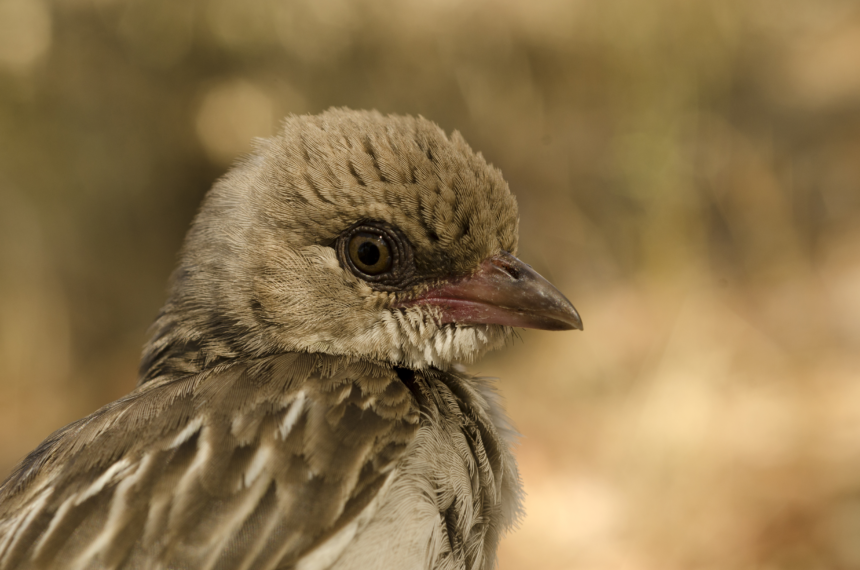The partnership between honey hunters and the greater honeyguide : Honeyguides, dolphins, and, once upon a time, wolves: Only in a few cases have humans and animals worked together to find food—and a new study explains why.
The partnership between honey hunters and the greater honeyguide : Introduction
For millennia, humans and animals have formed rare yet remarkable collaborations to secure food resources. One such extraordinary alliance is the partnership between honey hunters in Africa and a small brown bird known as the greater honeyguide. However, these unique alliances are dwindling, with only a few documented cases globally. A recent study published in Science sheds light on the intricate communication within one such partnership and raises questions about the disappearing act of these extraordinary collaborations.
ALSO READ : The Venus Flytraps : The Fascinating World Of Carnivorous Plants
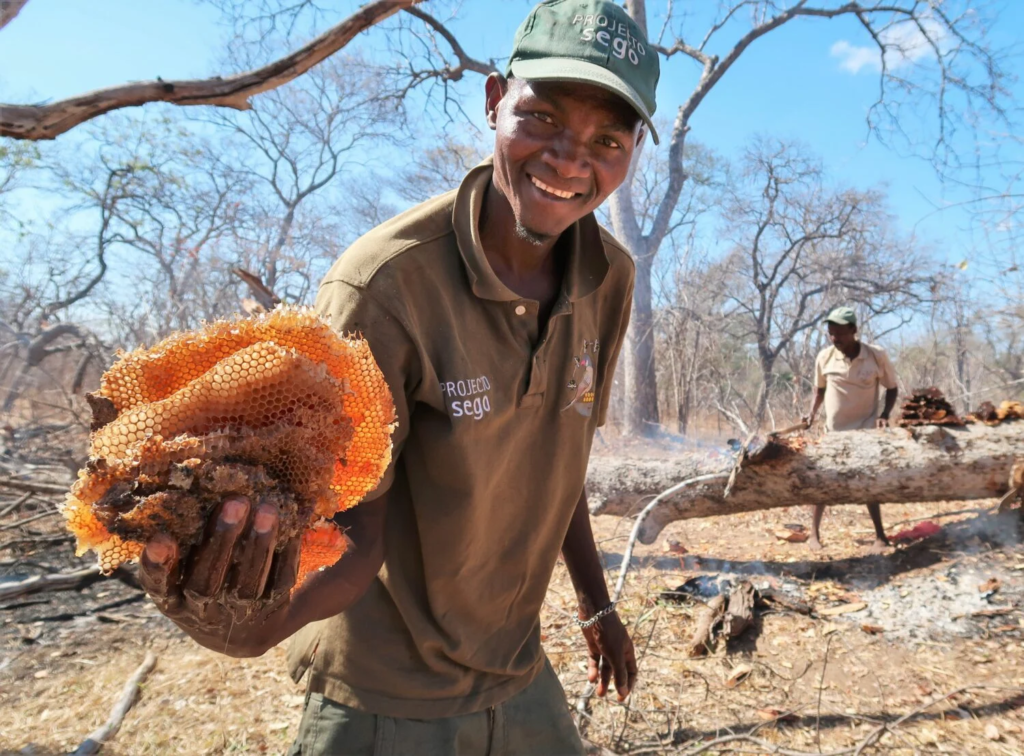
The honeyguide-Human collaboration
In the dense wilds of Africa, honey hunters engage in the challenging pursuit of wild honey. Bee nests, concealed in tree branches or hollows, are elusive and guarded by swarming defenders. Here, the greater honeyguide, a tiny avian ally, comes into play. This bird guides the honey hunter to the hidden nests, and in return, it receives beeswax, a staple in its diet. This collaboration has fascinated scientists, leading to a recent study exploring the depth of communication between honeyguides and honey hunters.
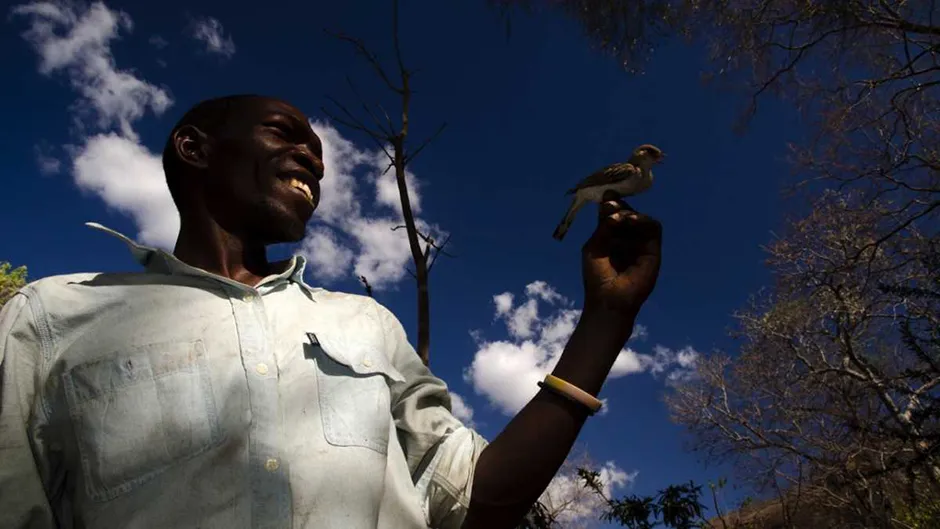
A closer look : The human-honeyguide relationship
The study, led by Claire Spottiswoode from the University of Cape Town and Cambridge University, along with co-author Brian Wood from the University of California, Los Angeles, revealed that honeyguides can learn and respond to specific vocal signals used by different honey-hunting communities. By playing pre-recorded honeyguide calls from two East African communities, researchers observed a higher likelihood of the birds responding to the local honey hunter signals. This finding underscores the nuanced communication involved in these extraordinary collaborations.
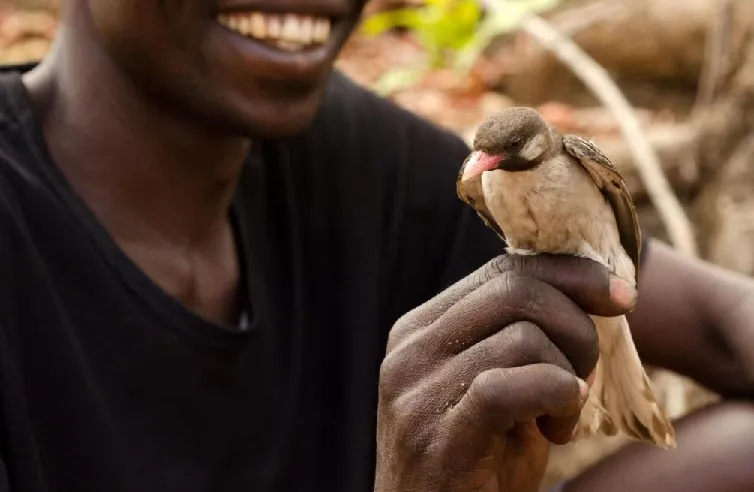
Why are such collaborations rare?
Collaborations between humans and animals in the quest for food are exceedingly rare, and the study offers insights into the factors that contribute to their scarcity. Oregon State University’s Mauricio Cantor, an expert in mutualism, explains that for such partnerships to emerge, certain elements must align. These include an abundance of resources, lack of competition between humans and animals, complementary hunting skills, and effective communication. The rarity of these collaborations emphasizes the challenges of evolving mutualistic relationships.

Historical context and contemporary challenges
Historically, mutualism was more prevalent when human survival depended on foraging, hunting, and fishing. Instances of cooperation, such as orcas aiding whalers and wolves assisting Indigenous hunters, were documented. However, with the shift away from traditional livelihoods, these collaborations have dwindled. Industrialization, hunting, and environmental changes have disrupted these partnerships, threatening the existence of these rare alliances.
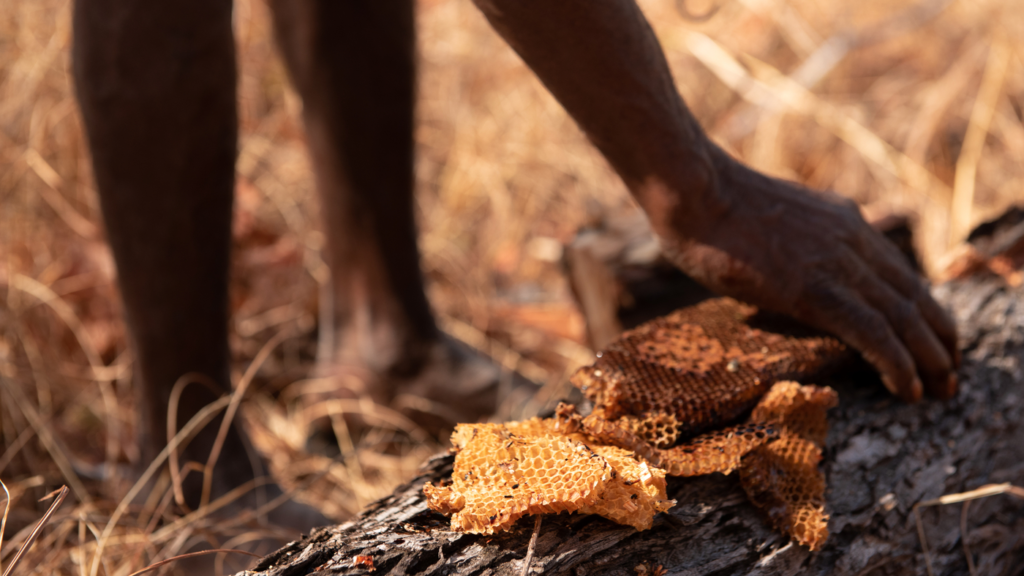
The disappearing traditions
The decline of these collaborations is multifaceted. Economic shifts, changes in land use, population growth, and the rise of alternative sweeteners contribute to the diminishing demand for wild honey. Additionally, as modern methods reduce the need for human-animal cooperation, and the associated risks increase, the once-vibrant partnerships fade away. The erosion of traditional knowledge further exacerbates the vanishing act, as younger generations opt for different, often urban livelihoods.
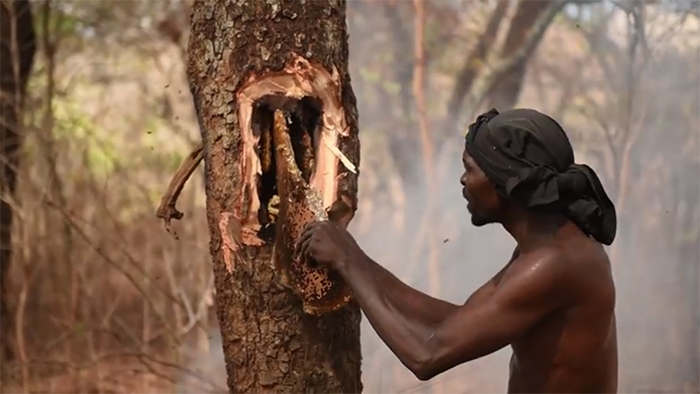
Conclusion
The loss of these unique traditions extends beyond the local communities that practiced them. The disappearing collaborations reflect not only a shift in survival strategies but also a loss of a profound connection between humans and the natural world. As we witness the decline of these extraordinary partnerships, it prompts reflection on the potential for diverse relationships between humans and other species. The study on honeyguides and honey hunters serves as a poignant reminder of the importance of preserving and understanding the rich tapestry of human-animal collaborations that have shaped our shared history.
To explore more news : Click Here
ALSO READ : The American Bison Dilemma : Conservation Challenges On Catalina Island







